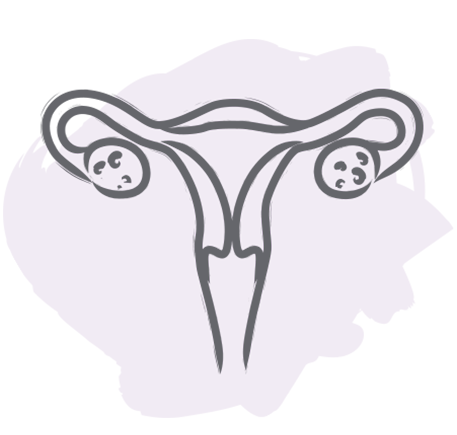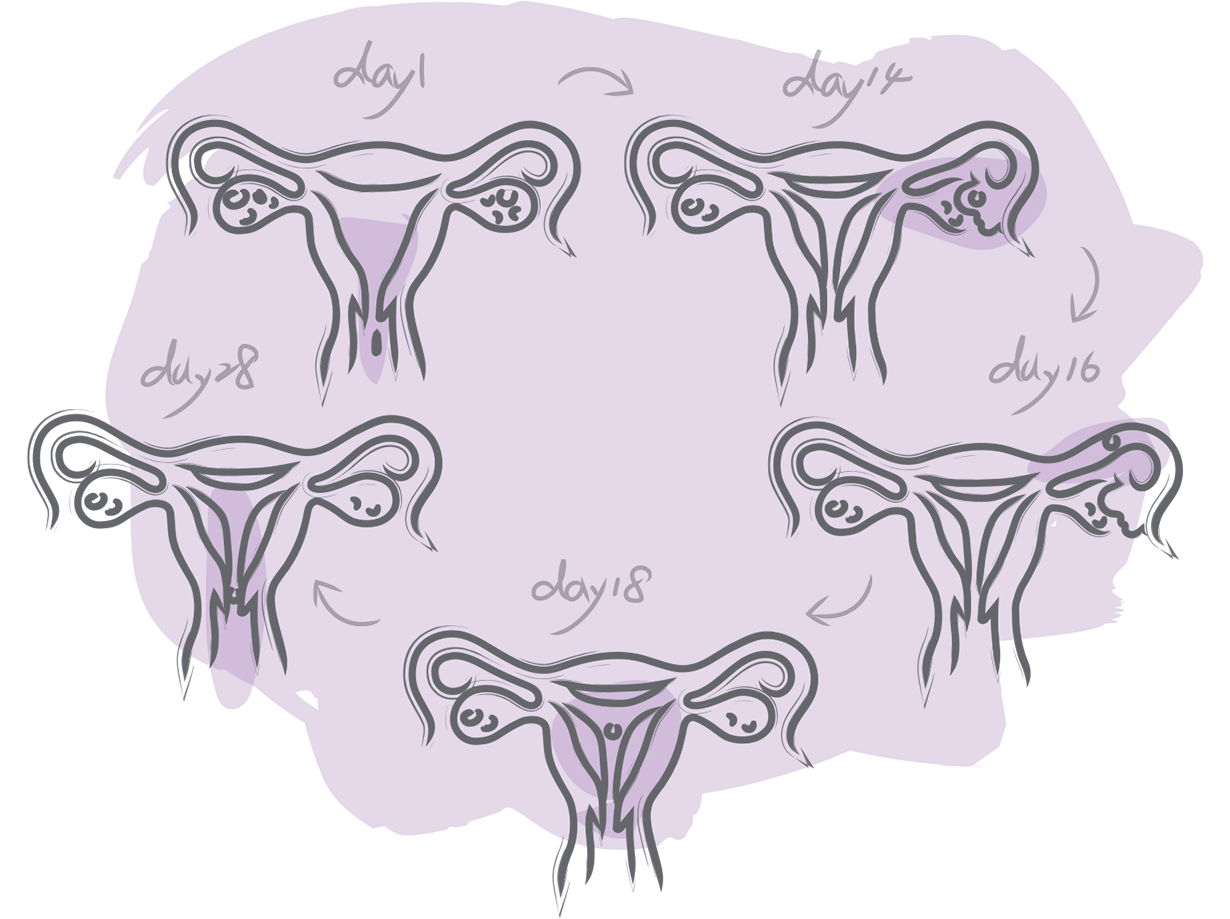Polycystic Ovarian Syndrome (PCOS)
What is Polycystic Ovarian Syndrome?

Polycystic ovarian syndrome is a common cause of female infertility. It is sometimes referred to as polycystic ovaries (PCO) or polycystic ovarian disease (PCOD).
Women with polycystic ovaries have many small cystic structures, about 2-9 mm in diameter, within their ovaries. One common symptom of PCOS is anovulation—not releasing an egg (ovulating) regularly. Anovulation can result in irregular periods and fertility problems.
PCOS is extremely common, affecting an estimated 8-10% of women of reproductive age.
How Ovulation Normally Works

A woman's ovaries contain large numbers of ovarian follicles, which release hormones such as estrogen and progesterone, and each are capable of releasing an egg during ovulation.
During a normal menstrual cycle, a follicle begins to develop. A mature follicle that is ready to ovulate is about 18-28mm in diameter. The follicle releases an egg during ovulation, a woman will usually have her period about 14 days later if she is not pregnant.
Causes and Symptoms of PCOS

In polycystic ovaries, however, the ovaries contain follicles, but they do not develop and mature properly. As a result, women with polycystic ovaries may not ovulate. They may also suffer from other symptoms:
- Irregular menstrual cycles (oligomenorrhea) and in some cases a total lack of periods (amenorrhea)
- Excess amounts of the male hormones testosterone and androstenedione, resulting in high testosterone levels in the blood
- Onset of excess facial and body hair growth (hirsutism) in the teens or early twenties
- Gradual worsening of excess hair growth over time

